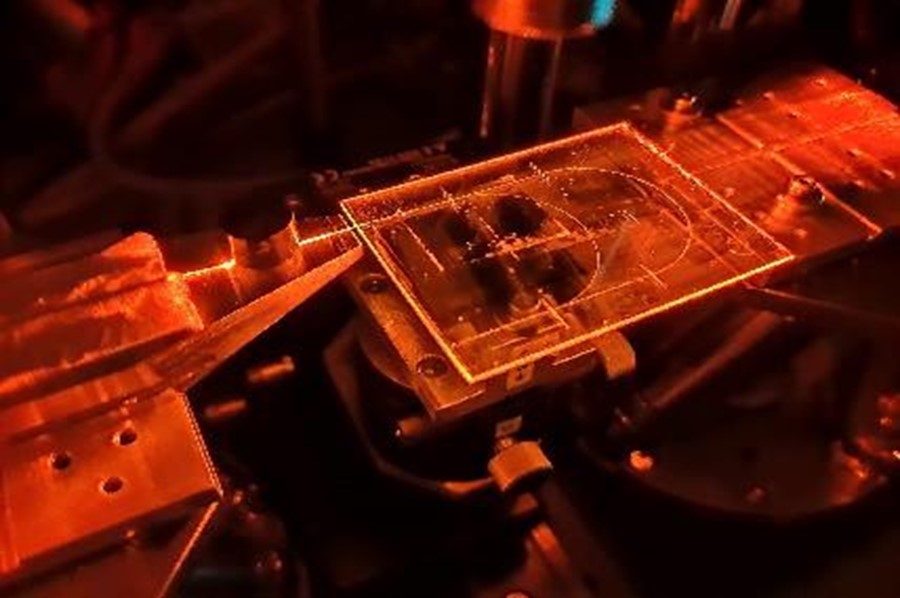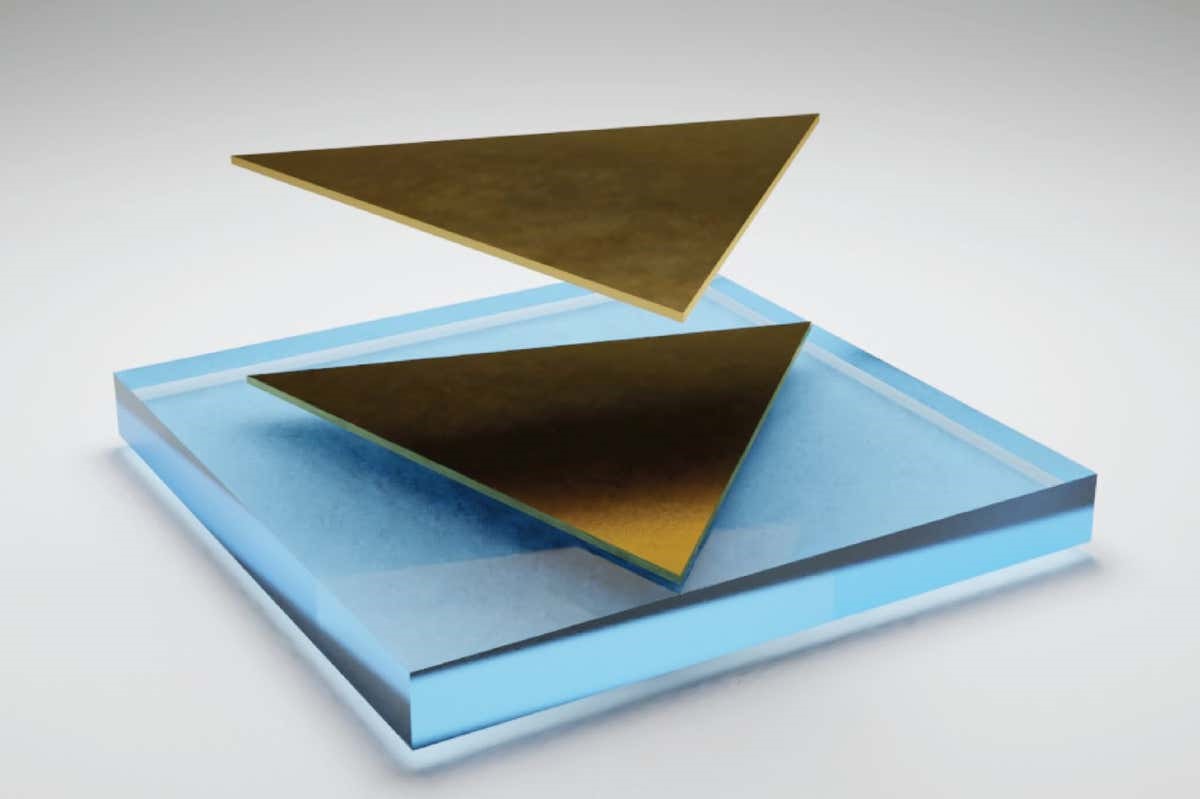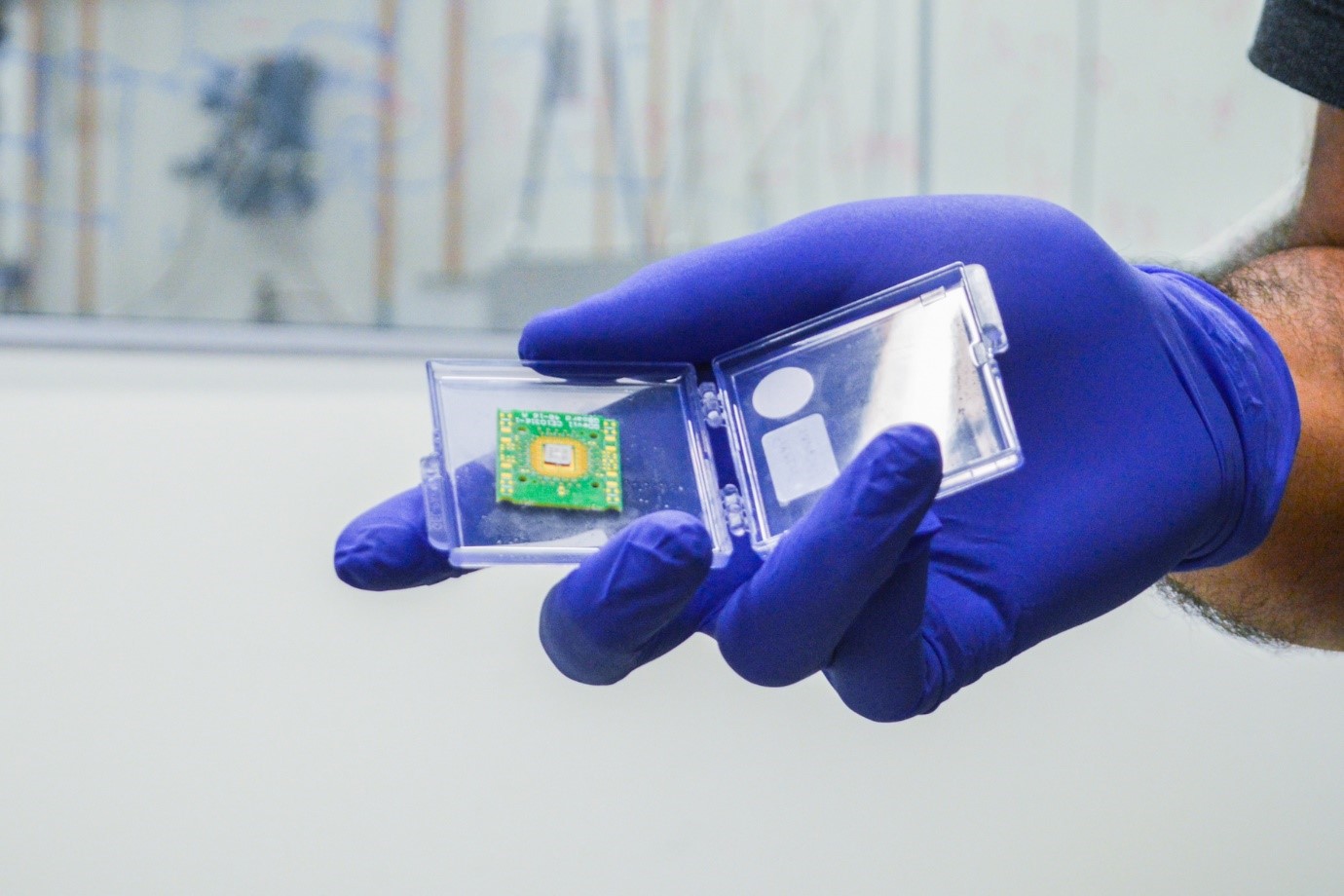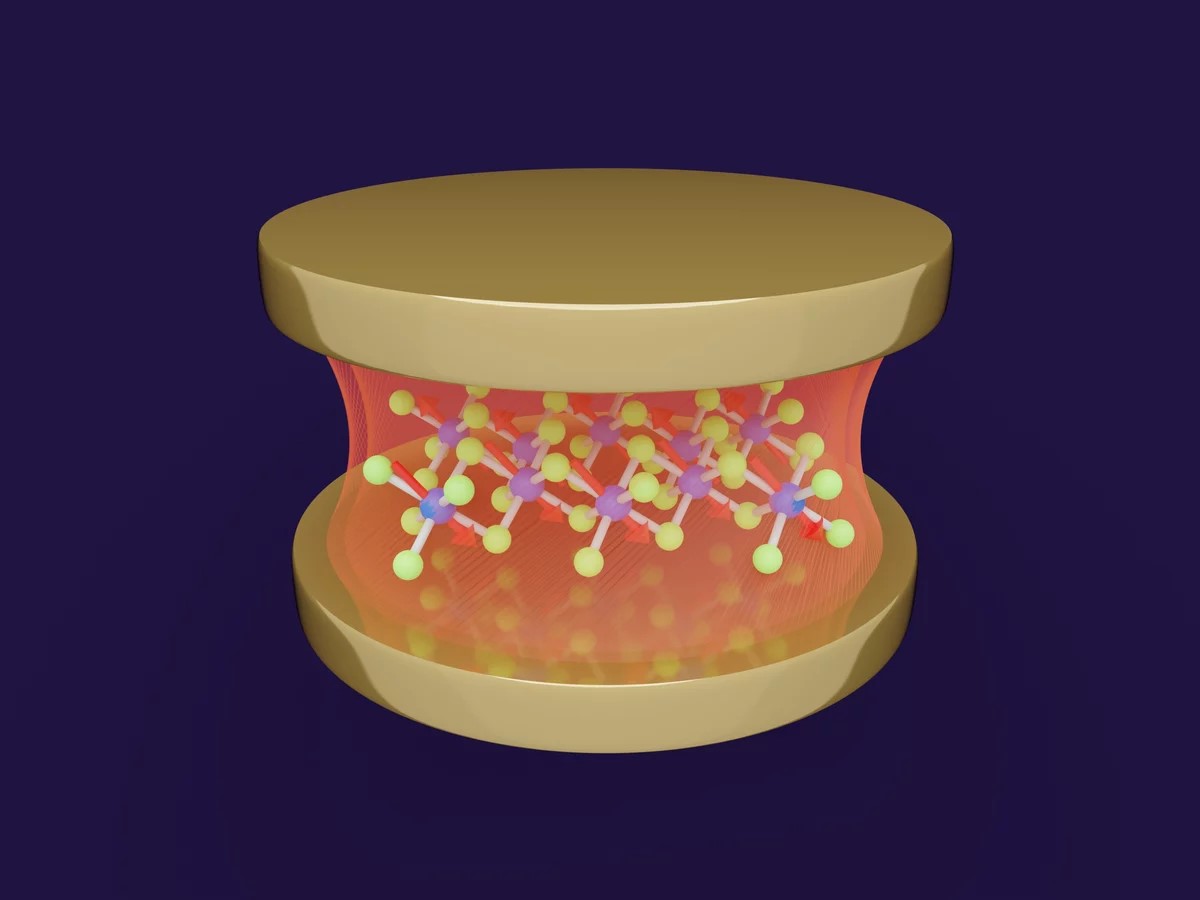Room Temperature Single-Photon Light Source Paves the Way for Quantum Advancements
Quantum computing and secure communication have long been the holy grail of modern technology. Quantum-based systems offer the promise of faster computing and more robust encryption for computation and communication systems. One of the key components of these systems is the single-photon light source, which can create entangled photon pairs, a cornerstone of quantum information processing.

Figure 1. Single-Photon Light. (Credit: Tokyo University of Science)
Rare-Earth Atoms and Single-Photon Generation
Figure 1 is a representation of the proposed method. Rare-earth (RE) atoms and ions in solid-state materials are highly promising for generating single photons. These materials are compatible with fiber networks and emit photons across a wide range of wavelengths. This versatility opens up opportunities in various applications, such as free-space telecommunication, fiber-based telecommunications, quantum random number generation, and high-resolution image analysis.
The Challenge of Cryogenic Temperatures
However, there has been a significant hurdle. So far, single-photon light sources using RE-doped crystalline materials required cryogenic temperatures, which limit their practicality for quantum networks. The need for expensive cooling systems has been a roadblock in making quantum networks cost-effective and accessible.
Room Temperature Single-Photon Light Source
In a study published in the journal Physical Review Applied in October 2023, a team of researchers from Japan, led by Associate Professor Kaoru Sanaka from the Tokyo University of Science, achieved a major milestone. They successfully developed a single-photon light source using doped ytterbium ions (Yb3+) in an amorphous silica optical fiber at room temperature.
Ytterbium: The Ideal Candidate
Ytterbium is an RE element with favorable optical and electronic properties, making it an excellent choice for fiber doping. It has a simple energy-level structure, and ytterbium ions in their excited state have a long fluorescence lifetime of around one millisecond.
How It's Done
To create the ytterbium-doped optical fiber, the researchers used a heat-and-pull technique, where a commercially available ytterbium-doped fiber is heated and gradually pulled to reduce its diameter. Within this tapered fiber, individual RE atoms emit photons when excited with a laser.
The Importance of Separation
The spacing between these RE atoms is crucial in defining the fiber's optical properties. If the separation exceeds the optical diffraction limit determined by the wavelength of the emitted photons, the light emitted from these atoms appears as though it's coming from clusters rather than distinct individual sources.
Confirmation through Auto-Correlation
To confirm the nature of these emitted photons, the researchers used auto-correlation, a method that assesses the similarity between a signal and its delayed version. Through this analysis, they observed non-resonant emissions and obtained evidence of photon emission from a single ytterbium ion in the doped fiber.
A Quantum Leap in Quantum Technology
The room temperature single-photon light source developed with ytterbium atoms represents a significant advancement. It can be manufactured without the need for expensive cooling systems, removing a major barrier in the path of quantum network development.
Future Possibilities
With further enhancements in the quality and quantity of emitted photons, this opens doors to various next-generation quantum information technologies. These include true random number generators, quantum communication, quantum logic operations, and high-resolution image analysis beyond the diffraction limit.
Conclusion
In a world driven by data and secure communication, quantum technologies hold immense promise. The development of a room temperature single-photon light source is a game-changer. It not only makes quantum networks more cost-effective but also more accessible. As researchers continue to push the boundaries of quantum science, we can look forward to a future where the quantum realm is harnessed for a wide array of transformative applications.
Source: Tokyo University of Science
Cite this article:
Hana M (2023), Room Temperature Single-Photon Light Source Paves the Way for Quantum Advancements, AnaTechMaz, pp. 131















